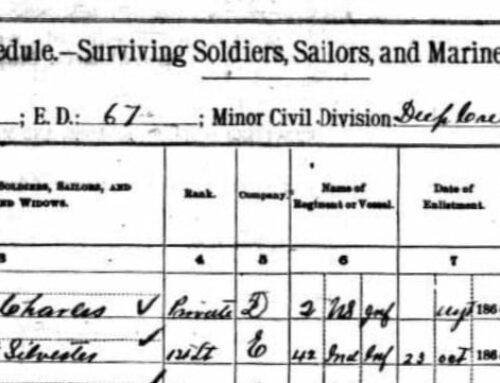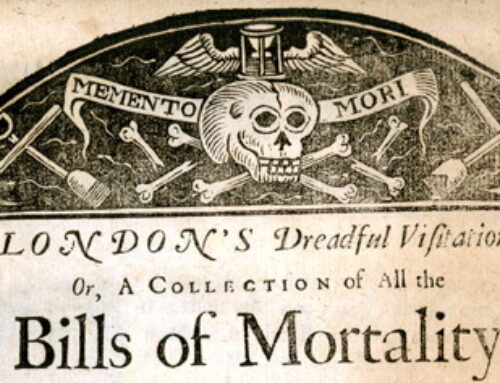Ancestors and epidemics preoccupy our thoughts during the COVID-19 pandemic.
As I stay safe at home, my thoughts increasingly turn to the families of my immigrant great-grandparents. All eight came to Chicago from various parts of Europe. In Chicago, several of my great-grandparents and too many of their young children died from tuberculosis, whooping cough, shigellosis, and other diseases. These contagious diseases not only ended their lives, but also threatened public health. None, however, appear to have died in a full-blown epidemic.
Researching Ancestors and Epidemics
Are you researching the deaths of ancestors due to infectious diseases? The Library of Congress can help. Cartography of Contagion, by Worlds Revealed, the Geography and Maps Division blog. Redmond, an LC reference specialist, reveals 19th-century maps that documented the spread of diseases across the U.S.
Carney’s Series of Medical Charts
Redmond writes:
Originally published in 1874, these maps of the eastern half of the United States were designed to show the distribution of diseases … that affected the US population. The maps were published by L.H. Carney, M.D., but we find no biographical data on the author. Medical data (in the form of statistics) is not shown and the maps are simply shaded to show the severity of infection.
Carney’s 1874 map (above) illustrates tuberculosis outbreaks. Click here to see the full set of Carney’s maps, documenting the spread of typhoid, malaria, tuberculosis, pneumonia, and rheumatism.
Maps Using Census Data
Another source for researching ancestors and epidemics are statistical atlases. using census data from 1870, 1880, and 1890, Redmond notes, “Each atlas contains statistics, displayed in a graphic form on a map, denoting the approximate number and type of mortal diseases confronting the United States in the late 19th century. The image below, for example, is from the 1870 Statistical Atlas of the United States and provides a graphic illustration of the ratio between deaths from malarial diseases as opposed to all other causes of deaths. The darker the shading translates to a higher number of deaths.”

Plate showing deaths from malarial diseases in 1870. Statistical atlas of the United States based on the results of the ninth census with contributions from many eminent men of science and several departments of the government. [New York J. Bien, lith, 1874 LCCN 05019329]





I have a lot of people from my family tree who died of TB and others from typhus.